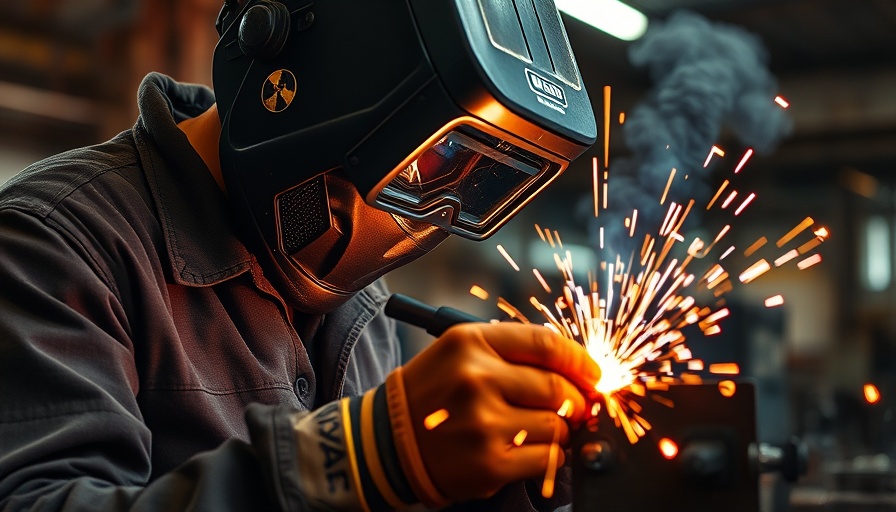
Goldman Sachs: The Future of U.S. Manufacturing Lies in Tech, Not Tariffs
Despite optimism surrounding the return of manufacturing jobs to the U.S. via tariffs, Goldman Sachs analysts warn that such measures may not be the answer. The rapidly changing landscape of global manufacturing is revealing significant risks associated with tariffs, particularly as automation and AI emerge as key players in productivity enhancement.
Current Manufacturing Conundrums
U.S. manufacturing productivity has seen a downturn, driven by fierce competition from countries like China and a broader decline in productivity over the past two decades. Goldman Sachs notes that investment pullbacks post the global financial crisis and reduced technological advancements have contributed to this stagnation. In April, new orders for durable goods fell by 6.3%, further indicating the struggles American manufacturers face.
The Drawbacks of Tariffs
While President Trump’s plans to impose steep tariffs on foreign manufacturers aims at bringing jobs back home, analysts argue that tariffs alone won't suffice. They are expensive for consumers and unlikely to spur substantially increased reshoring. Most production costs in other countries remain lower than those in the U.S., making it a challenge to bring back manufacturing jobs by simply raising taxes on imports.
The Case for Automation
To truly enhance productivity, Goldman Sachs advocates for a pivot toward automation and AI technologies. The advent of advanced robotics and AI tools is touted as the catalyst needed for revitalizing the stagnant manufacturing sector. These innovations not only improve efficiency but also create new opportunities for American factories to compete globally.
Strategic Shifts for the Future
As businesses navigate through the complexities of reshoring and production costs, it’s crucial for U.S. manufacturers to adapt to technological advancements. Investing in factory automation may be the strategic move required to outpace competitors. Analysts encourage an embrace of digital transformation and innovation rather than relying solely on outdated practices like tariffs.
Conclusion: Embracing Change
As the manufacturing landscape evolves, staying informed about the potential of automation and AI will be essential for business leaders. The call to action is clear: invest in technology to drive sustainable growth. U.S. manufacturers must prioritize innovation as they seek to overcome both local and global challenges.
 Add Row
Add Row  Add
Add 



Write A Comment